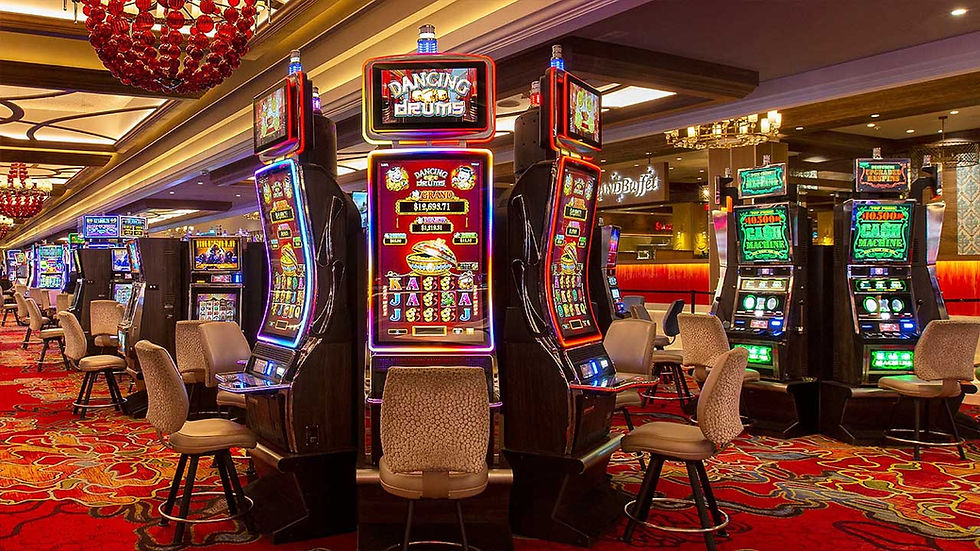Counterfeiting - Protecting Brands And Consumers
- vealboozer
- Jun 3, 2024
- 3 min read

Counterfeiting is a pervasive problem that affects businesses and consumers alike. From luxury goods to everyday items, counterfeit products flood the market, posing significant risks to both brand integrity and consumer safety. Understanding the impact of counterfeiting and knowing how to combat it can help protect your business and ensure your customers receive genuine products.
Counterfeiting involves the production and sale of goods that are made to look like genuine products but are not authorized by the original brand. These fake items can range from fashion accessories and electronics to pharmaceuticals and automotive parts. The counterfeit market is vast and sophisticated, making it challenging to distinguish fake goods from real ones.
For businesses, counterfeiting can lead to substantial financial losses. When counterfeit products enter the market, they often sell at lower prices, undercutting legitimate sales and damaging the brand’s reputation. Customers who unknowingly purchase counterfeit items may associate poor quality or performance with the original brand, leading to a loss of trust and loyalty. This erosion of brand value can be difficult to recover from.
Consumers also face significant risks from counterfeit products. Fake goods are often made with substandard materials and lack the quality control of genuine items. This can result in products that are unsafe or ineffective. For example, counterfeit electronics might pose fire hazards, while fake pharmaceuticals can have serious health consequences due to incorrect dosages or harmful ingredients. Protecting consumers from these dangers is a critical aspect of combatting counterfeiting.
One of the most effective ways to fight counterfeiting is through robust intellectual property protection. Registering trademarks, patents, and copyrights provides legal grounds to take action against counterfeiters. Brands should also monitor the market for counterfeit goods, using online tools and investigative services to identify and address potential infringements quickly. Proactive monitoring helps catch counterfeiters before they can cause significant damage trademark lawyer Robert Meyen.
Another important strategy is educating consumers and partners about the dangers of counterfeit products and how to identify genuine items. Clear communication about the hallmarks of authentic goods—such as unique serial numbers, holograms, and high-quality packaging—can help consumers make informed purchasing decisions. Encouraging customers to buy from authorized retailers and official brand websites can also reduce the risk of encountering counterfeit products.
Legal action is a crucial component of counterfeiting prevention. When counterfeit goods are discovered, brands can work with law enforcement agencies to seize fake products and shut down production operations. This often involves collaboration with customs and border protection to intercept counterfeit goods before they reach the market. Legal measures can be costly and time-consuming, but they are essential for deterring counterfeiters and protecting brand integrity.
Technology also plays a vital role in combatting counterfeiting. Advanced solutions like blockchain, RFID tags, and QR codes can help track the supply chain and verify the authenticity of products. These technologies provide consumers and retailers with tools to ensure they are dealing with genuine goods, enhancing trust and transparency. Brands that invest in such technologies demonstrate a commitment to quality and customer safety.
In addition to these measures, fostering a culture of authenticity within your organization and among your partners is important. Ensure that all employees, suppliers, and retailers understand the importance of combating counterfeiting and are vigilant in their efforts to protect the brand. Regular training and updates on anti-counterfeiting practices can keep everyone informed and proactive.



Komentarze